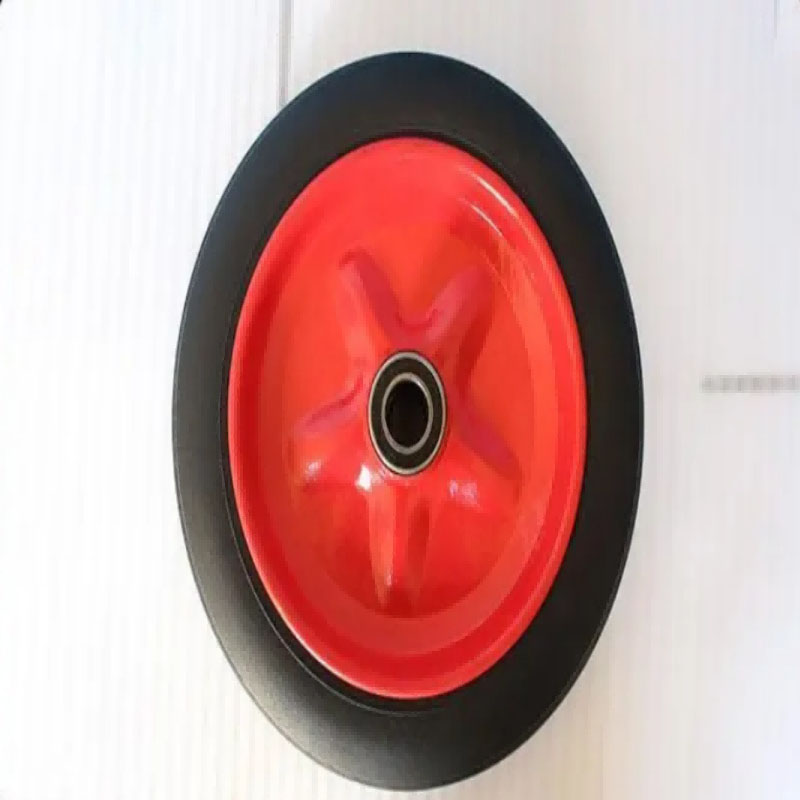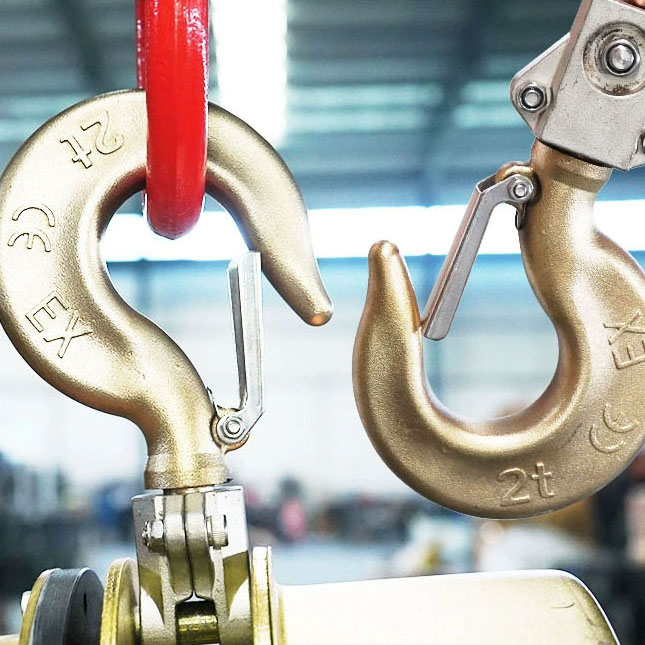There are myriad uses for webbing on the fireground. Mark van der Feyst describes some basic concepts of storing webbing in your gear.
Photos by Mark van der Feyst Hand Pallet Jack

Many firefighters carry small hand tools in their gear to assist them with different fireground operations and tasks. These small tools assist in making the tasks a little bit easier to accomplish and can help speed up processes. One of those items that every firefighter should carry in their gear is webbing.
Webbing is a multi-purpose tool or piece of equipment that can be used for a variety of tasks at any given incident. Detailed below are some of the common and basic considerations for choosing and buying webbing as well as how to store it in your gear.
When selecting a piece of webbing to carry in your gear for personal equipment, make sure you select the right type for rescue and firefighting purposes. There are two types of webbing that you can select from: tubular and flat webbing. Both styles come in the same format and look the same. The most common size is 1 inch in width. The main difference between the two types is the construction of the webbing. Flat webbing is just that–flat. It is constructed as a single piece of webbing from end to end. Tubular webbing, on the other hand, is a tube continuous from end to end. Tubular webbing offers a much higher strength factor than flat webbing. Any rope rescue work to be performed will use tubular webbing. When you are buying webbing for yourself, make sure it is tubular to maximize the benefit of its use.
When carrying webbing in your gear as a piece of personal equipment, it is best to have it in a continuous loop fashion (photo 1). There are two ways to have webbing in a continuous loop: you buy it that way already presewn together, or you make it that way with a water knot. When purchasing a length of webbing, make sure it is a good length that can be used for practically any purpose. A good length is about 20 feet. When the ends are presewn together, it makes the webbing very strong and allows you to make straight rolls with no interference from a knot being in the way. A water-knotted piece of webbing is also very strong but relies upon the knot being tied correctly. Go on the internet to find out how to tie a water knot to learn how to do this, or else ask another firefighter who knows how to do it well. Having the webbing pretied in a continuous loop ahead of time will be the key to making that piece of webbing effective.
One good way to store your webbing in your gear pocket is to use a medical glove. This is where we take a piece of webbing in a continuous loop fashion and roll it all the way up into a small straight roll. We then insert that roll into the medical glove with the end of the webbing sticking out of the open end of the glove. This will allow the webbing to stay in your pocket without it becoming all tangled up, as well as providing easy access to grab it. When you need to deploy it, just grab the one loose webbing end from the glove and pull it out. It will unroll itself perfectly.
There are also other places that webbing can be stored besides your gear pockets. Another good area is to store webbing in the sleeve of your structural firefighting jacket. The space between the outside shell and the inside liner serves a good place for storage, and additionally provides quick and easy access. Some firefighters will store a section of webbing in an accordion style on each arm. The end of the looped webbing is pulled out just about an inch or two beyond the wristlet so as to provide a quick release tab for the webbing. Other firefighters will store a piece of webbing in their sleeve with the same piece running continuously from one wrist to the other, going around the back. Both wrists have a quick release tab so that the firefighter has the option to pull it from one direction or the other. Regardless of which method, the sleeve area of the jacket provides a good area to store and access webbing.
Depending on the make of gear that is worn, some firefighters will store webbing sections just behind the removal knee pad. If the knee pad is fastened with hook and loop or snapped in place with buttons, webbing can be looped behind it with a small tail hanging out for quick access and deployment. On other sets of gear, a small pocket is affixed at the ankle area, providing storage for webbing or other small hand tools.
What has been described are the basic concepts of how to store webbing in your gear. The uses of webbing are limitless, and it has proven to be a very versatile piece of equipment that every firefighter needs to carry with them.
Mark van der Feyst has been in the fire service since 1999 and is a firefighter with the Fort Gratiot (MI) Fire Department. He is an international instructor teaching in Canada, the United States, and India, and at FDIC. He is also the lead author of Residential Fire Rescue (Fire Engineering Books & Video). He can be contacted at Mark@FireStarTraining.com.
Stay in the know with the latest content, features, and training from the largest online firefighting community.
Please check your spam folder and any email filters, in the event that the email gets blocked.

Electric Winch Stay informed about daily FireEngineering news, podcasts, training videos, webcasts, commentary, and exclusive articles about FireEngineering by signing up.